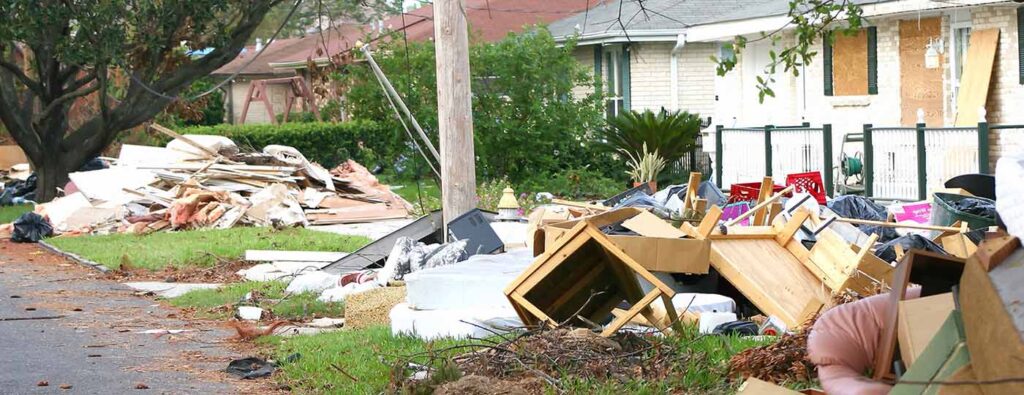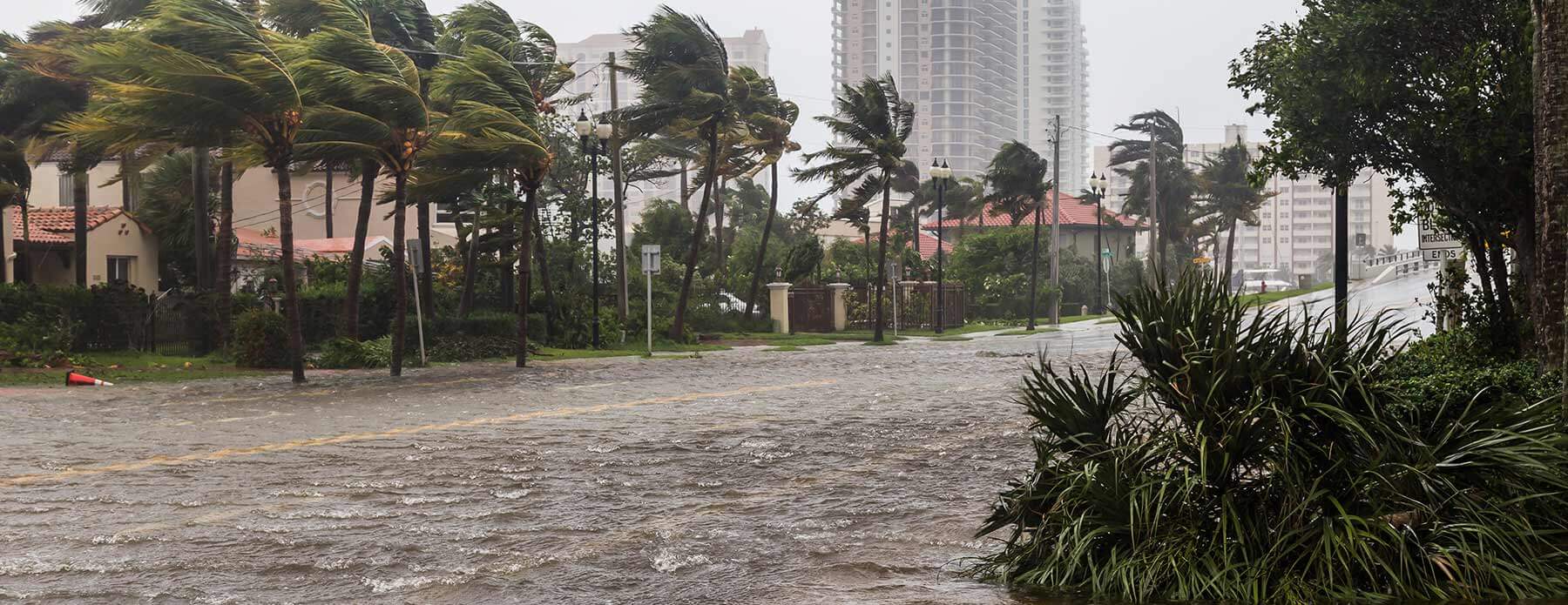A debris management plan outlines the steps to remove and dispose of debris after a disaster. It should be developed in advance of a disaster so that it can be implemented quickly and efficiently when the need arises.
To write a debris management plan, there are several key steps that you should follow:
- Assess the scope of the debris: Determine how much debris is likely to be generated by the disaster, and what types of debris are likely to be present (e.g., construction and demolition debris, household hazardous waste, etc.). This will help you determine the resources that will be needed to manage the debris.
- Identify the stakeholders: Determine who will be involved in the debris management process, including local government agencies, contractors, and other organizations. This will help you identify any potential challenges or areas of conflict that may need to be addressed.
- Develop a strategy: Based on the scope of the debris and the identified stakeholders, develop a strategy for how the debris will be managed. This should include details such as where the debris will be taken for disposal, how it will be transported, and who will be responsible for each step of the process.
- Establish partnerships: Identify any organizations or agencies that can aid with debris management and establish partnerships with them. This may include federal agencies such as FEMA, private sector consultants, contractors, or other local organizations that can provide resources or expertise.
- Develop a communication plan: Determine how you will communicate with the public and other stakeholders about the debris management process. This may include issuing press releases, setting up a website or hotline for information, or holding public meetings.
- Write the plan: Use the information gathered in the previous steps to write a comprehensive debris management plan. Be sure to include details such as the scope of the debris, the stakeholders involved, the strategy for managing the debris, the partnerships that have been established, and the communication plan. You should also include any other relevant information, such as contingency plans in case the initial strategy does not work as planned, and details about how the plan will be implemented and evaluated.
- Review and update the plan: Once the plan is written, it is important to review it regularly to ensure that it is still relevant and effective. This may involve updating the plan to reflect changes in the disaster response landscape, such as new laws or regulations that impact debris management.
- Train personnel: Make sure that all personnel involved in the debris management process are trained on the plan and understand their roles and responsibilities. This may involve conducting drills or exercises to ensure that everyone is prepared to implement the plan when needed.
- Implement the plan: When a disaster occurs, put the debris management plan into action. Follow the steps outlined in the plan to remove and dispose of debris safely and efficiently.
- Evaluate the plan: After the debris has been removed, take the time to evaluate the effectiveness of the debris management plan. This may involve reviewing the plan with all stakeholders and making any necessary changes to improve the process in the future.
Learn more about our extensive debris management and monitoring services here.

Chris Denney
Program Manager, Debris Services
Chris Denney is an established emergency management professional with over 17 years of experience in debris management, project management, data management, and disaster response. He is thoroughly trained in disaster debris monitoring processes, procedures, and best practices.
He has successfully led personnel for many debris monitoring operations including major hurricanes, floods, ice/winter storms, tornados, and oil spills. He has managed and secured funding for more than 10 million cubic yards of disaster-generated debris.



